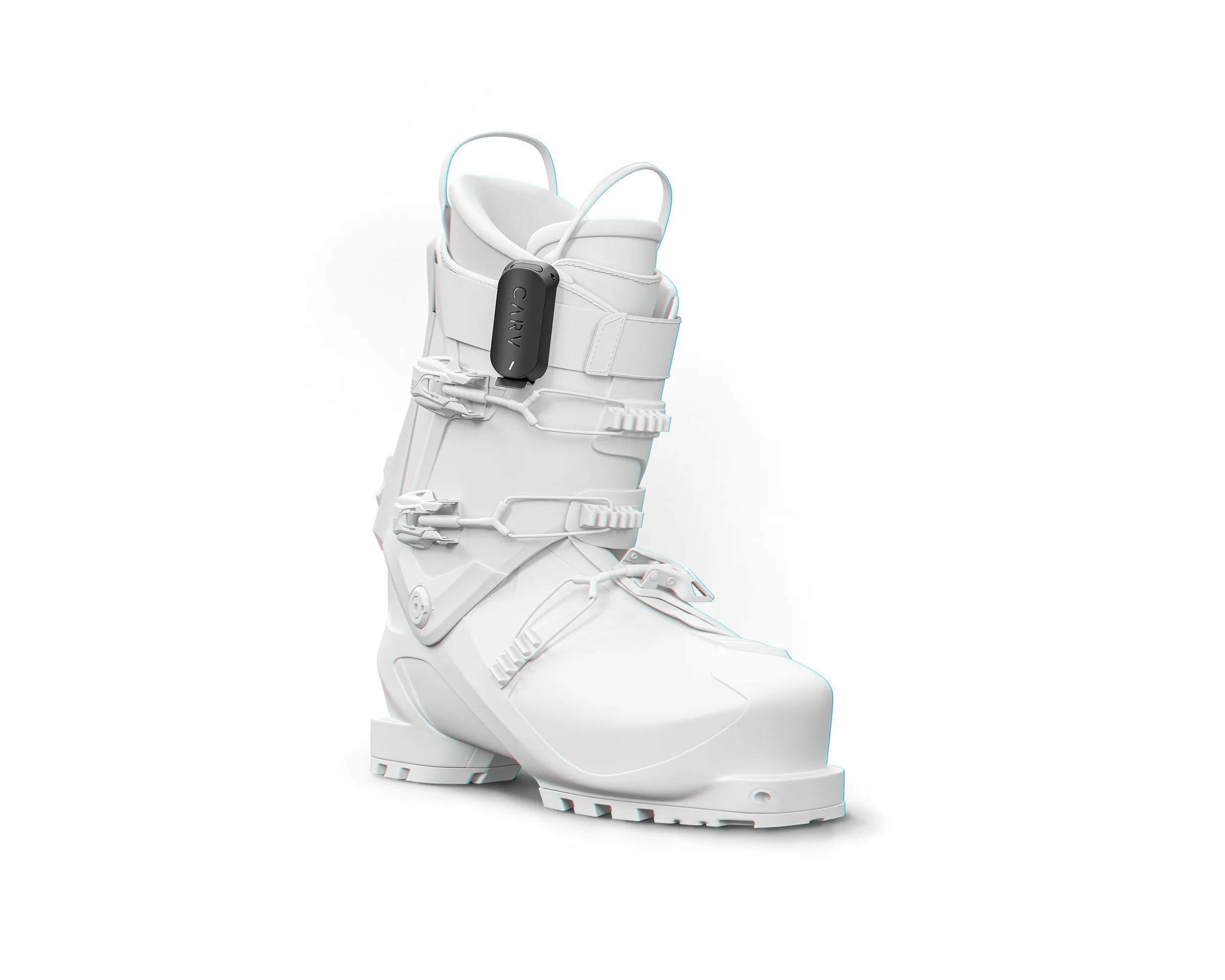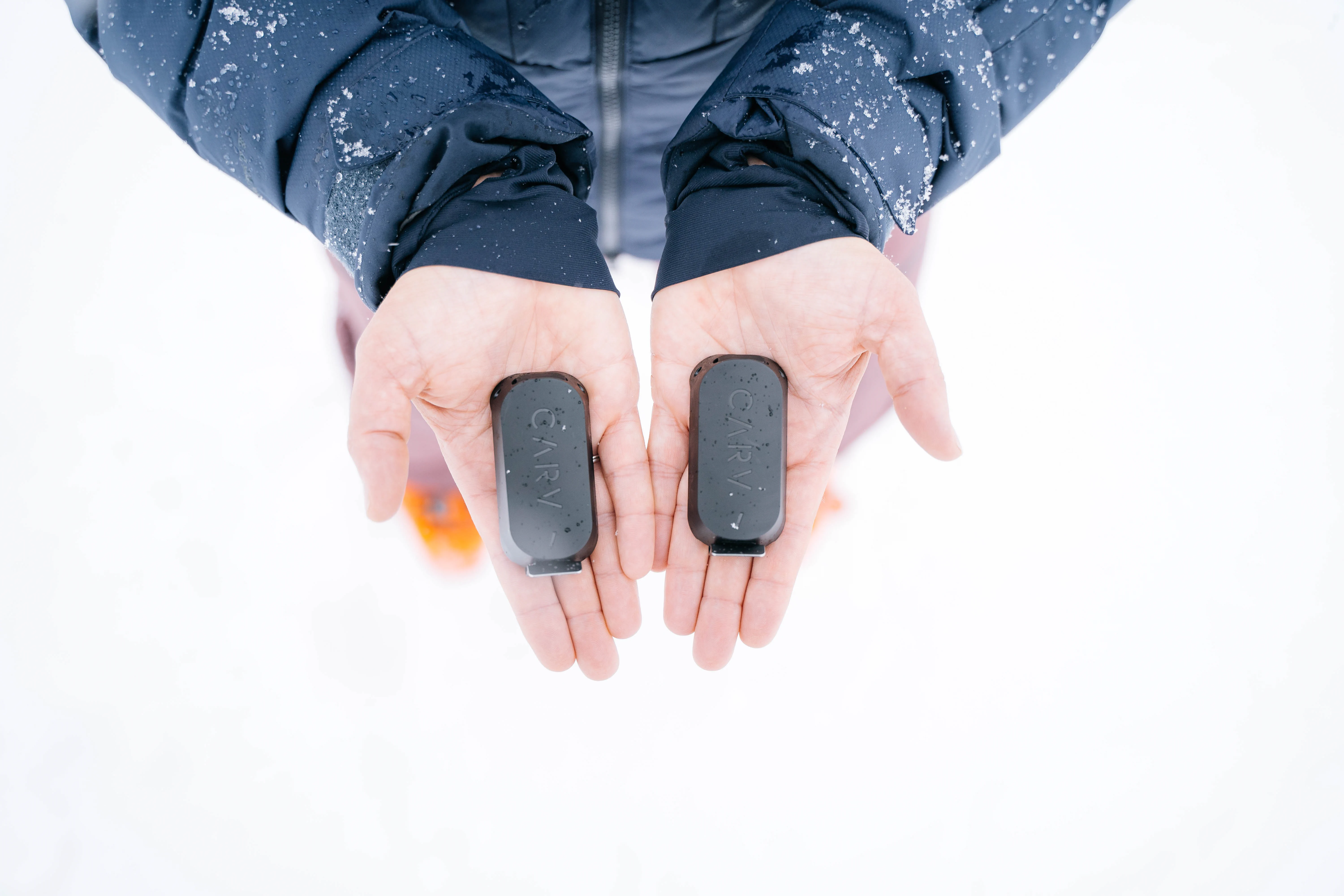Wearables
Let us help you build a wearable that will stand out in the health and fitness market

U.K-based Motion Metrics has launched its next generation digital ski coaching device, ‘Carv 2’, that integrates Nordic wireless and power management technology to provide skiers with real time performance feedback. The tiny Carv 2 device clips directly to the user’s ski boot and captures high resolution motion data using a 6-axis inertial measurement unit (IMU) comprising a 3-axis accelerometer and 3-axis gyroscope.
The data is relayed to the ‘Carv’ app on the user’s smartphone using Bluetooth® LE wireless connectivity provided by Nordic’s nRF52832 System-on-Chip (SoC). The app then detects the type of snow underfoot and the user’s skiing technique, and provides real time, personalized coaching through their headphones. Alternatively the skier can disable audio tips and view feedback in the app once their run is complete.

“Carv 2’s Nordic-powered IMU creates a high-resolution biometric model of ski boot movement to capture the finer details of your technique,” says Jamie Grant, CEO at Motion Metrics. “This is made possible by our ‘Large Motion Model AI’ technology, built on a database of over 500 million turns. Carv 2 can also automatically detect the snow surface, allowing the skier to get coaching tailored to the snow type as well as their ability.”
In addition to the nRF52832, Carv 2 also employs Nordic’s nPM1100 power management IC (PMIC) that includes a highly efficient dual-mode configurable buck regulator and integrated battery charger, designed to ensure reliable power delivery and stable operation, whilst maximizing battery life.

Carv 2 offers up to five full days of skiing between charges, using a 300 mAh Li-ion battery. This extended battery life is achieved through a combination of the ultra-low power consumption of the nRF52832 SoC, and Nordic’s highly efficient nPM1100 PMIC.
“We employed the nPM1100 PMIC to manage battery charging and power supply to the onboard processors and sensors,” explains Bo Xuan Hon, Embedded Systems Lead at Motion Metrics. “Using the nPM1100 allowed us to replace the multiple ICs previously used for this purpose on the PCB, reducing the overall device size.”

“The high efficiency of the buck regulator inside the nPM1100 also helped minimize power consumption, enabling us to extend time between charges, despite reducing the battery capacity,” continues Hon. “The ability of the nPM1100 to provide a regulated 1.8 V voltage to other internal components allows the device to operate even when the battery voltage drops below 3.3 V.
“The example code and documentation provided with the nRF Connect SDK were also instrumental in accelerating the development of our application.”
Let us help you build a wearable that will stand out in the health and fitness market